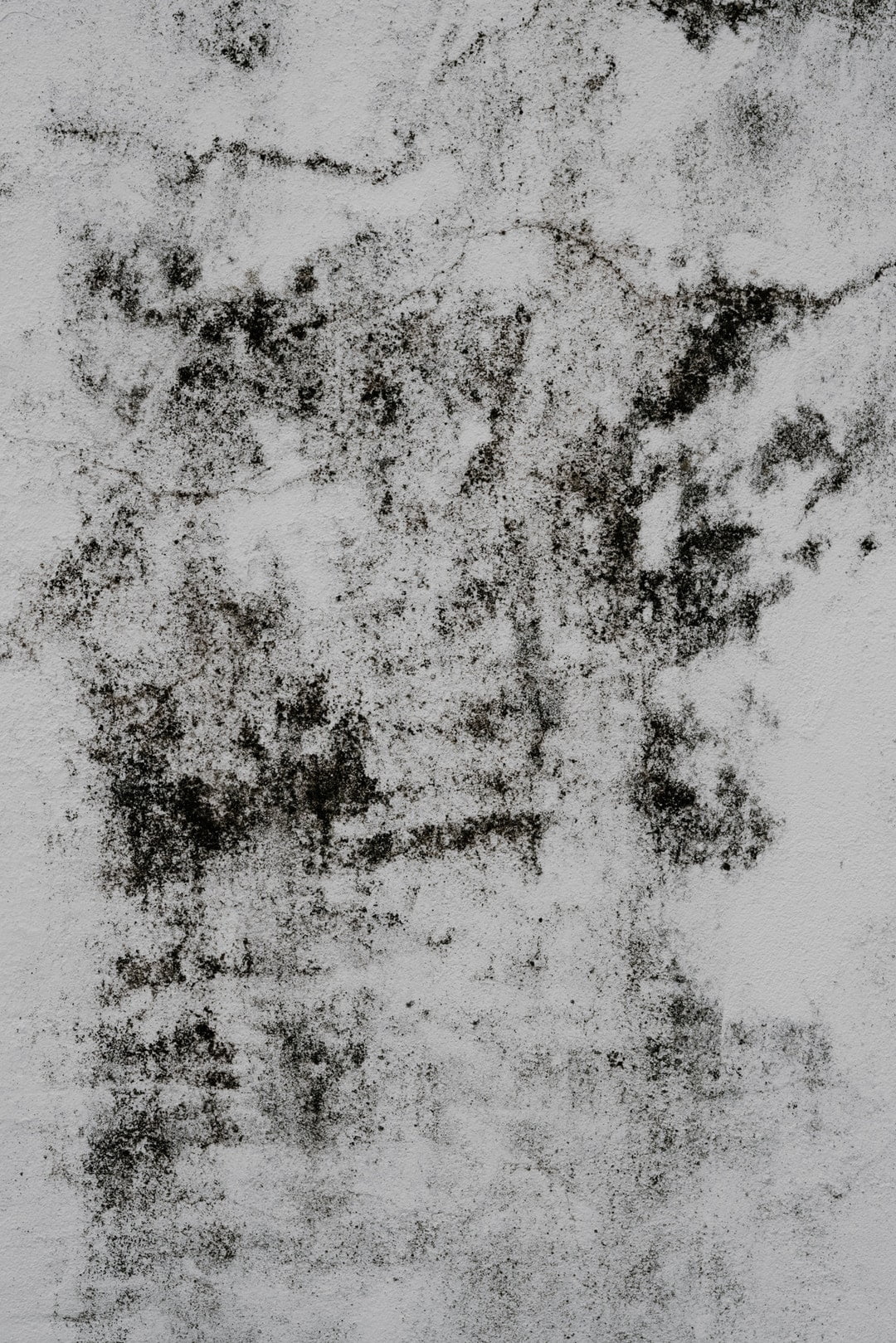There are at least 100,000 described species of fungi. Many are molds, which, on their own, are microscopic. However, they become visible to the naked eye once they colonize.
Molds can thrive anywhere with moisture, oxygen, and organic substance. Unfortunately, this ubiquity is also why you can find many types of mold in homes.
The primary adverse health effects of mold are allergies, infections, and toxicity. Poor indoor air quality (IAQ) can also result from unaddressed mold damage and growth.
That’s why you should perform mold removal or schedule remediation as soon as you see them at home.
We’ll tell you about the most common indoor molds and how they look, so read on.
Allergenic Molds
About 1 in 10 people in the United States have mold allergies.
Allergenic molds can cause allergic reactions, immune responses, or asthma attacks. These reactions can result from touching molds themselves or inhaling their spores. Some of the most common types include Alternaria and Chaetomium.
Alternaria
Alternaria molds are among the most common allergenic molds found in U.S. homes. That’s on top of them being plant pathogens, meaning they cause plant diseases. Indeed, they’re behind at least 20% of agricultural spoilage.
Indoors, Alternaria species often appear as thick green, gray, or black growths. They develop near windows and on drywood, plywood, and tiles.
These molds also thrive in dark and damp environments, like bathrooms and basements. They especially like water-damaged structural components, such as wood and paper. Here’s a page where you can learn more about water damage and how they promote mold growth.
Chaetomium
Chaetomium colonies often start as fuzzy white patches. They then turn bluish-green as the molds mature.
You can find Chaetomium molds in wet cellulose-rich materials like wood and drywall. However, they can also sometimes grow on ceilings, tiles, and tile grout.
Pathogenic Molds
Pathogenic molds can cause diseases, particularly infections, in humans. People with weakened immune systems have the highest risk of developing these conditions.
Aspergillus and Cladosporium are among the common pathogenic molds found in homes.
Aspergillus
Of the 180 Aspergillus species, 40 are pathogenic. They often cause Aspergillosis, a group of different infections of varying severity. They can affect the lungs, sinuses, skin, and other body parts.
Young Aspergillus colonies are typically white. They then turn brown, yellow, green, or black as they mature.
Aspergillus molds prefer carbon-rich environments, such as compost piles and dead leaves. They also like starchy foods like bread and potatoes and rotting vegetables.
Many species grow on moist surfaces, like water-damaged windows, doors, and carpets. Unkempt and damp pillows and mattresses can also give them a nesting ground.
Cladosporium
Cladosporium is a well-known allergen but can also cause infectious diseases in humans. Its colonies can grow in brown, olive green, or black. Like most other molds, it prefers damp and humid environments.
You can spot its colonies in wood, carpets, upholstery, fabrics, and bathrooms.
Toxigenic Molds
Toxigenic molds can produce toxic substances called “mycotoxins.” They can cause toxicity when ingested, inhaled, or touched.
Toxic molds can cause various diseases in both humans and animals.
Stachybotrys
When people say “black mold,” they often mean Stachybotrys. But this term is a misnomer since many other mold species can also grow in black. Still, it’s true that S. chartarum, the most common Stachybotrys species, is black.
S. chartarum prefers cellulose-rich materials like gypsum board, fiberboard, and paper. It thrives in environments with excessive moisture (e.g., water-damaged homes).
The mycotoxins from S. chartarum can induce inflammation, diarrhea, sepsis, and tissue death. They can also cause dermal toxicity, nose bleeds, eye irritation, and respiratory problems.
Trichoderma
Trichoderma molds love organic matter like wood, clothes, carpets, and wallpaper. Their colonies can be white, yellow-green, blue-green, or dark green.
One of the Trichoderma molds that can produce mycotoxins is Trichoderma longibrachiatum. You probably know and have seen it already, as its other name is the “common house mold.”
T. longibrachiatum can produce mycotoxins called trichothecenes. They can cause symptoms like skin redness, blisters, and burning pain when touched. They can also cause eye blurriness, coughing, and nasal irritation.
Addressing Common Types of Mold in Homes
If the mold growth in your home is under 10 square feet, you can try to remove it yourself. However, you must first identify and address the cause. If you don’t, molds will return, and your home can sustain significant water and mold damage.
Fix Unwanted Moisture Sources
The most common cause of indoor mold is excessive dampness or high humidity levels.
Such problems can result from leaky plumbing, roof, and HVAC systems. Water intrusion (floods, sewer backups, or overflowing gutters) can also cause them. Another is inadequate ventilation.
Once you’ve identified the moisture source, have them fixed promptly.
Mold Removal
You can remove molds from hard surfaces with soap and water. You can also use a mixture of 1 cup of laundry bleach diluted in a gallon of water.
If you have a severe mold problem (over 10 square feet), consider hiring mold removal experts. These specialists can track and eliminate all mold growths in your home. They use specialized equipment, including air movers, scrubbers, and dehumidifiers.
Mold Prevention
Just as vital as removing mold is preventing it from returning.
One of the best ways to do that is through regular plumbing, roof, and HVAC maintenance. It can help keep them from leaking, which, as mentioned above, is a primary source of indoor moisture.
Investing in a moisture meter is also wise, as this device can help you monitor indoor humidity. You want it to read 50% throughout the day, as this range is low enough to prevent most molds from growing. You can also use a dehumidifier if you live in a humid area.
Apply mold protection products to surfaces before painting them. These can help inhibit mold from growing on walls, ceilings, and floors.
Use exhaust fans for ventilation, especially when cooking, bathing, or showering.
Lastly, please don’t delay cleaning and drying out your home in cases of water intrusion. When mold spores land on wet surfaces, they can grow within 24 to 48 hours.
Protect Your Home From Molds
All types of mold in homes can cause health effects, even in otherwise healthy folks. So whether you think your home has Alternaria or Trichoderma, remove them ASAP.
If your indoor mold problem is too big, it’s time to call mold remediation experts. Check out our guide on mold remediation costs and benefits for more details.









